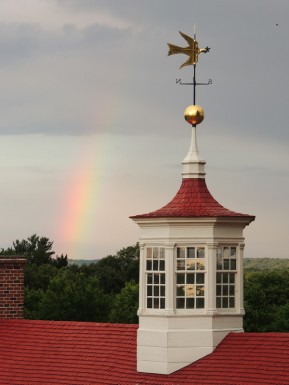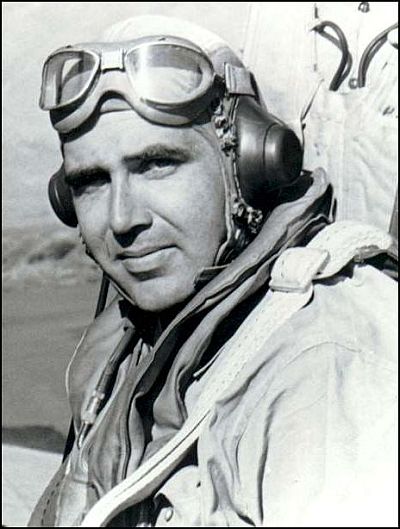
In August 1795, at Mount Vernon, as the rains pelted his red shingle roof, spinning the dove-of-peace weathervane, George Washington bent over his candlelit desk, dipped a quill in black ink and tensely scratched out letter after letter. He was feeling “serious anxiety” in a time of “trouble and perplexities.”

